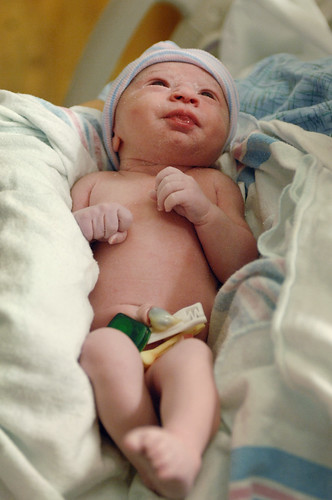viernes, 17 de agosto de 2012
jueves, 9 de agosto de 2012
Neonatal Intensive Care Unit (NICU)
HISTORY
The problem of premature and congenitally ill infants is not a new
one. There were scholarly papers published as early as the 17th and 18th
century that attempted to share knowledge of interventions.
It was not until 1922, however, that hospitals started grouping the
newborn infants into one area, now called the Neonatal Intensive Care
Unit (NICU).
Before the industrial revolution, premature and ill infants were born and cared for at home and either lived or died without medical intervention. In the mid-nineteenth century, the infant incubator was first developed, based on the incubators used for chicken eggs.Dr. Stephane Tainer
is generally considered to be the father of the incubator (or isolette
as it is now known), having developed it to attempt to keep premature
infants in a Paris maternity ward warm.
Other methods had been used before, but this was the first closed
model, additionally, he helped convince other physicians that the
treatment helped premature infants. France became a forerunner in
assisting premature infants, in part due to their concerns about a
falling birth rate.
Dr. Pierre Budin,
followed in Tarnier’s footsteps after he retired, noting the
limitations of infants in incubators and the importance of breastmilk
and the mother’s attachment to the child. Budin is known as the father of modern perinatology, and his seminal work The Nursling (Le Nourisson in French) became the first major publication to deal with the care of the neonate.
Another factor that contributed to the development of modern neonatology was thanks to Dr. Martin Couney and his permanent installment of premature babies in incubators at Coney Island.
A more controversial figure, he studied under Dr. Budin and brought
attention to premature babies and their plight through his display of
infants as sideshow attractions at Coney Island and the World’s Fair in
New York and Chicago in 1933 and 1939, respectively.
Suscribirse a:
Entradas (Atom)


